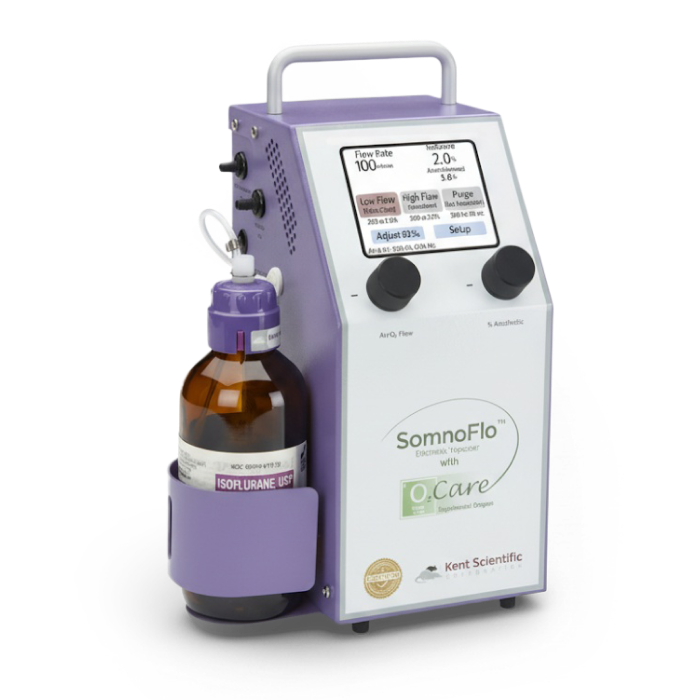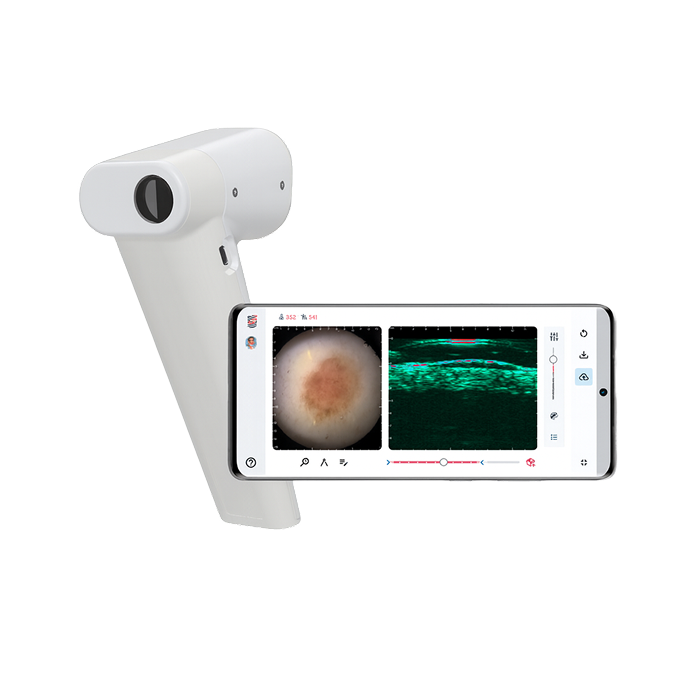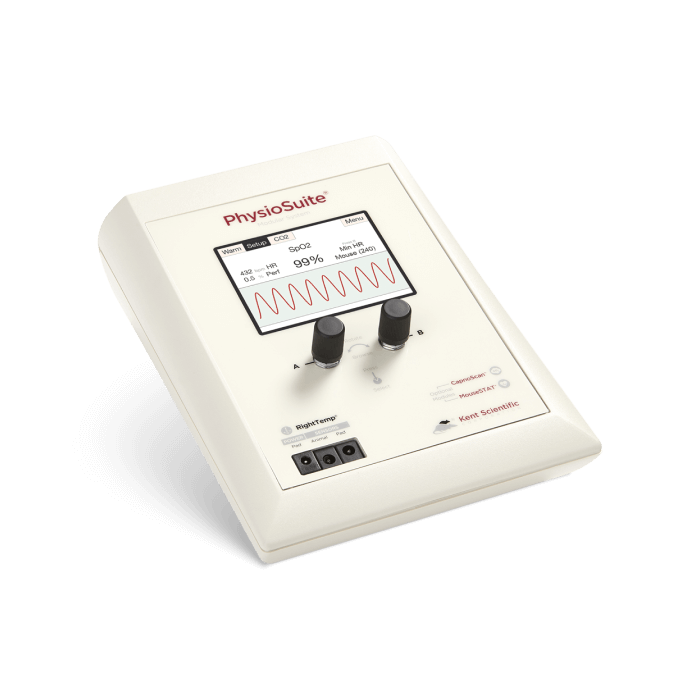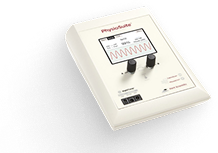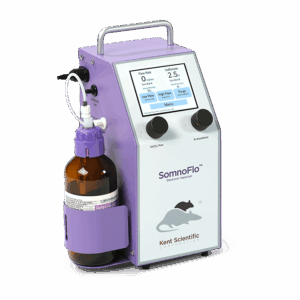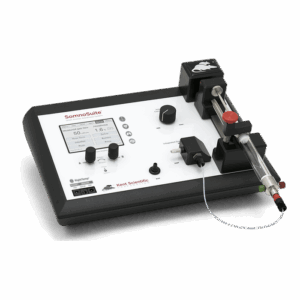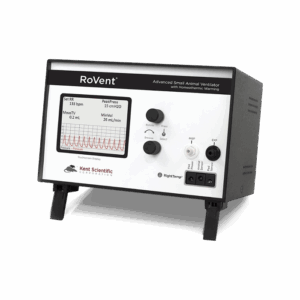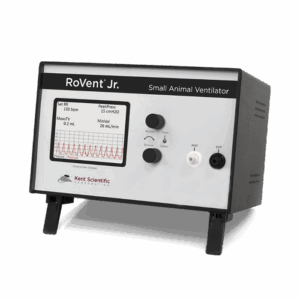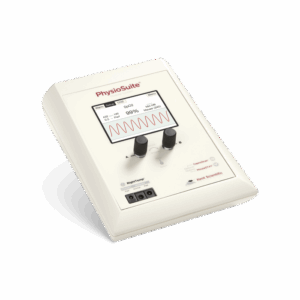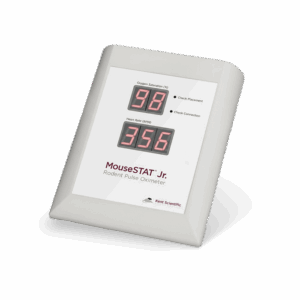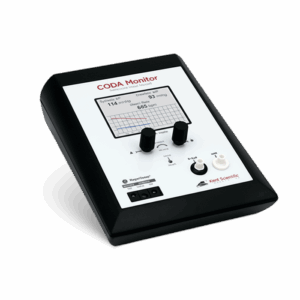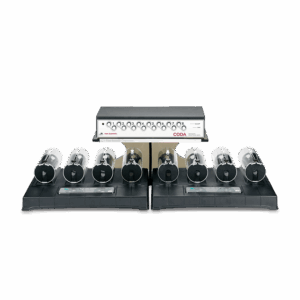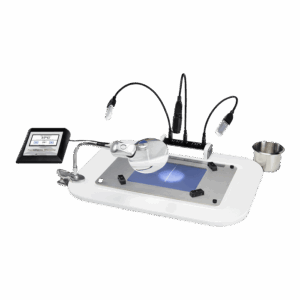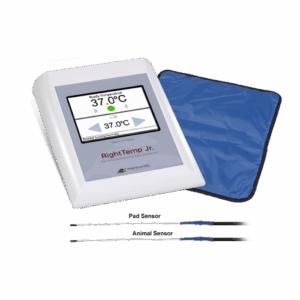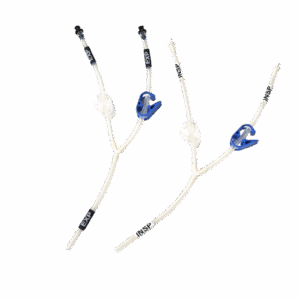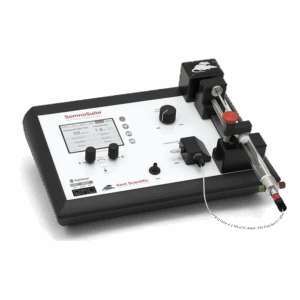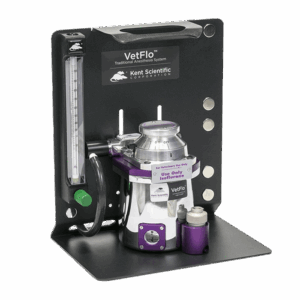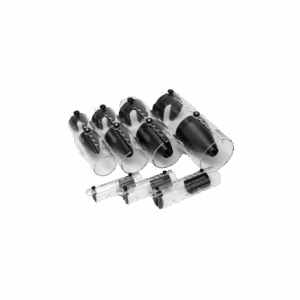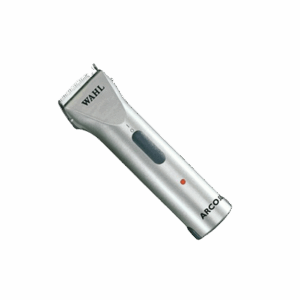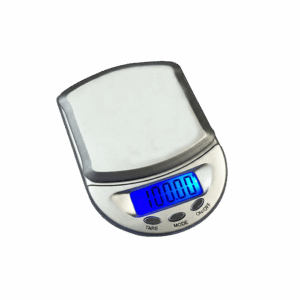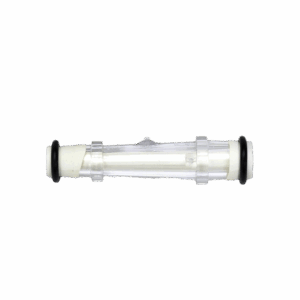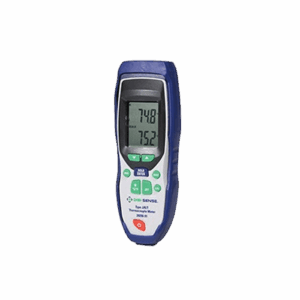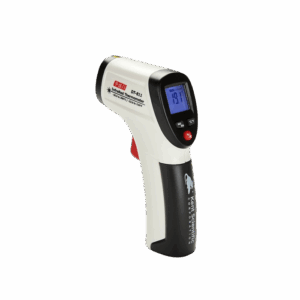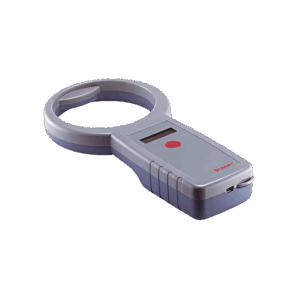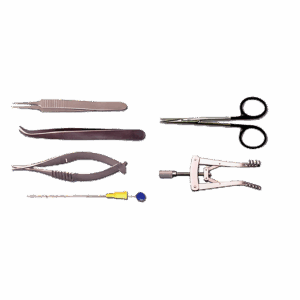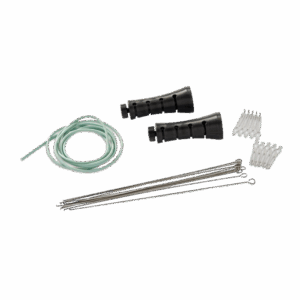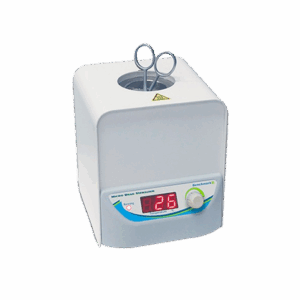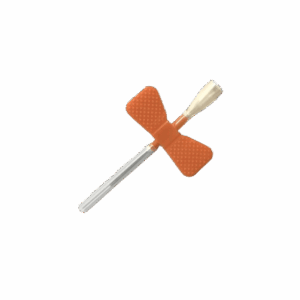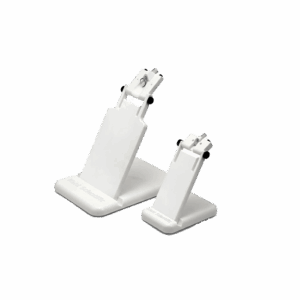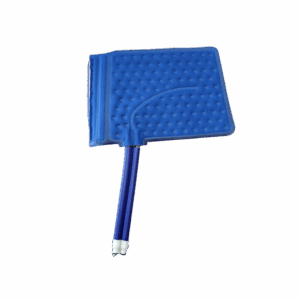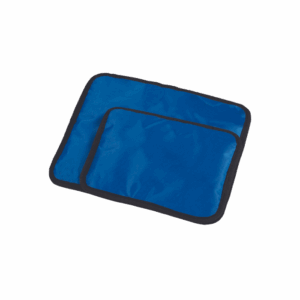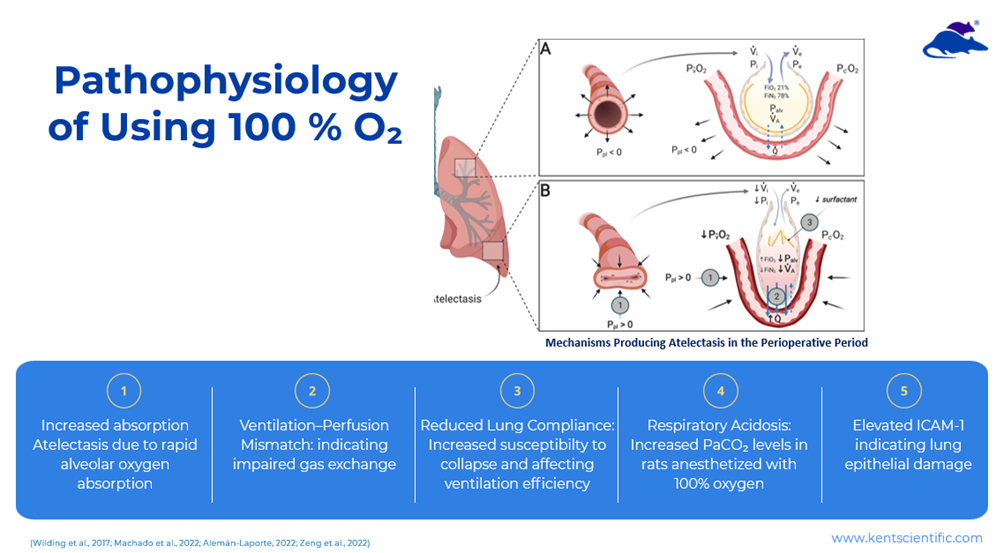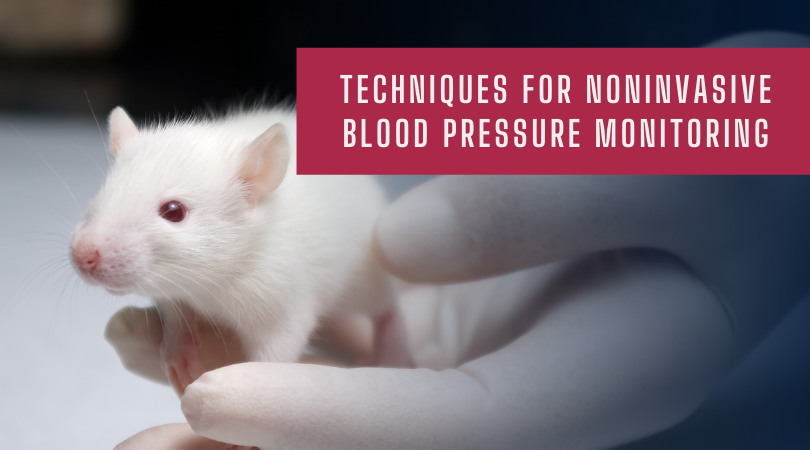
Techniques for Noninvasive Blood Pressure Monitoring
Laboratory animal science is a staple of biomedical research, contributing to countless breakthroughs in drug discovery and novel therapeutics. It is also ever-changing. Researchers are constantly seeking ways to enhance key protocols with the aim of improving animal welfare and surgical outcomes. One of the main avenues of this initiative is achieving greater visibility of small animal vital signs in real-time.
Body temperature, heart rate, respiration, and blood pressure are four vital parameters which are indicative of perioperative animal welfare. Though there are various noninvasive data acquisition methods for all four, many researchers maintain that invasive techniques provide the most accurate results. For example: Invasive blood pressure monitoring via intra-arterial catheter insertion has been described as the “gold standard” for rat and mouse blood pressure monitoring. However, noninvasive blood pressure monitoring is preferable for reducing postoperative and behavioral stress associated with methods like radiotelemetry. Additionally, invasive arterial monitoring naturally requires surgery with various procedural complexities involved in initiating measurements [2].
How is Noninvasive Blood Pressure Monitoring Conducted?
The primary mode of noninvasive blood pressure monitoring of rats and mice is known as tail cuff plethysmography, whereby an animal blood pressure cuff is attached to the tail. Some argue the physiological significance of the veterinary blood pressure cuff method is limited compared to intra-arterial monitoring. Yet many studies have reported a strong correlation between tail-cuff and intra-arterial blood pressure [3].
Various techniques are used to record blood pressure noninvasively, including: photoplethysmography (PPG), piezo-plethysmography, and volume pressure recording (VPR). Each relies on the tail cuff to occlude blood flow, and a choice of sensors to monitor blood pressure upon deflation of the cuff. PPG uses an optical sensor while piezo plethysmography uses a piezoelectric transducer, for example. These are relatively complicated methodologies requiring expensive sensing elements. Volume pressure recording is a simpler, more cost-effective technique.
The Basics of Volume Pressure Recording
Volume pressure recording is a unique tail-cuff blood pressure monitoring method ideal for measuring systolic and diastolic blood pressure in lab rats and mice. A comparison of VPR blood pressure monitoring to radiotelemetry found the noninvasive method consistently reported systolic blood pressure with accuracy. Additionally, the researchers concluded that:
As an alternative to radiotelemetry, tail-cuff measurement of blood pressure avoids general anesthesia and surgery, postoperative stress, and behavioral stress of isolation required by radiotelemetry.
Noninvasive Blood Pressure Monitoring with Kent Scientific
At Kent Scientific, we have developed two main product lines for noninvasive blood pressure monitoring in rats and mice, deploying the volume pressure recording method to maximum effect. Our CODA® line of blood pressure monitoring systems includes a single animal solution and the CODA® High Throughput monitor for simultaneous monitoring of up to eight animals at a time.
To learn more about the setup and use of the CODA® line of blood pressure monitoring systems, you can watch a quick Educational Video here, or contact our team for further assistance.
Sources:

